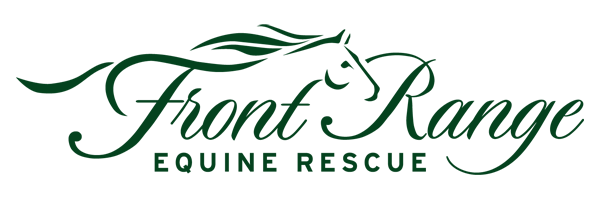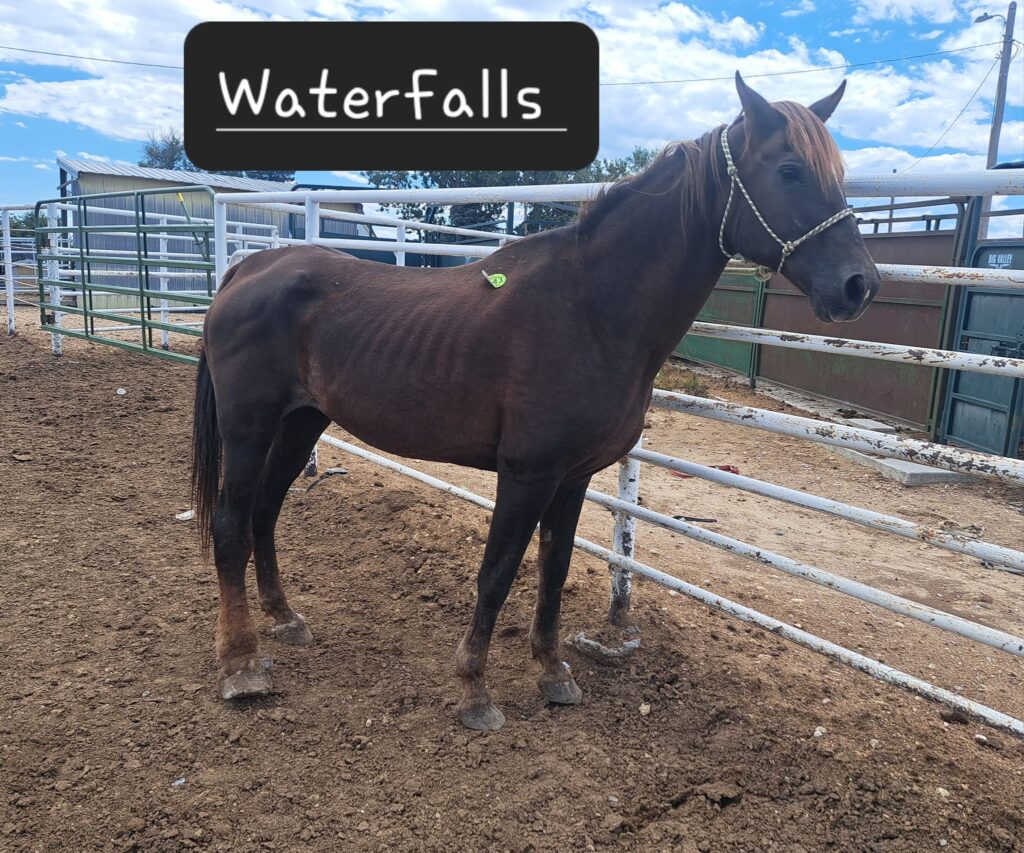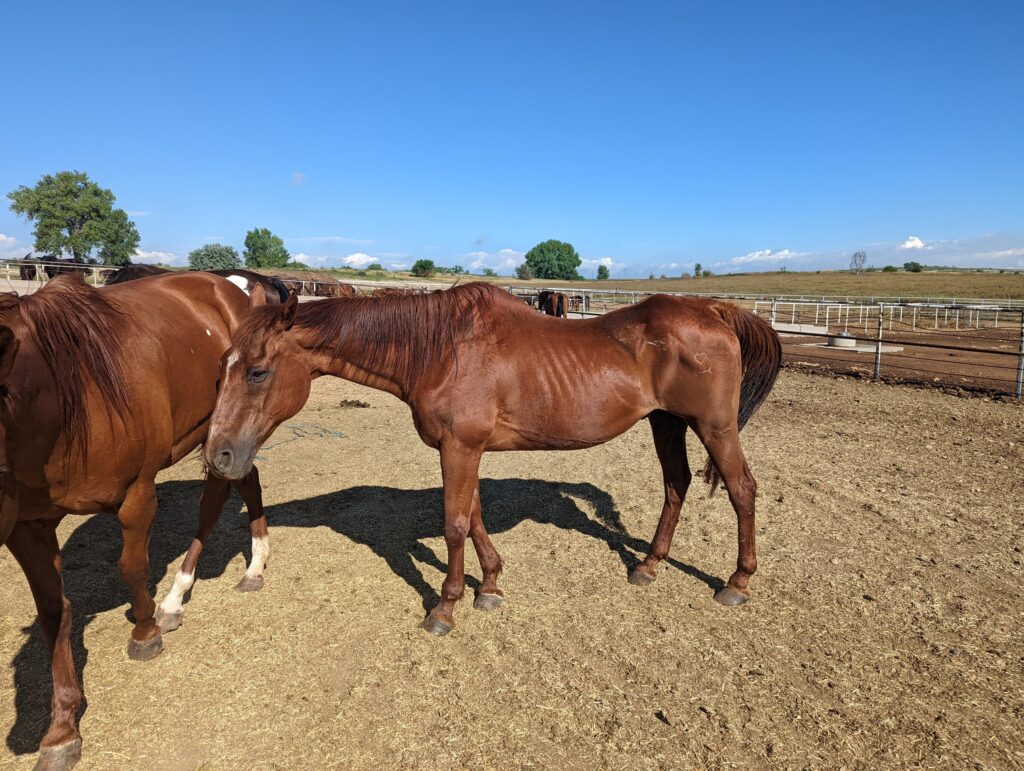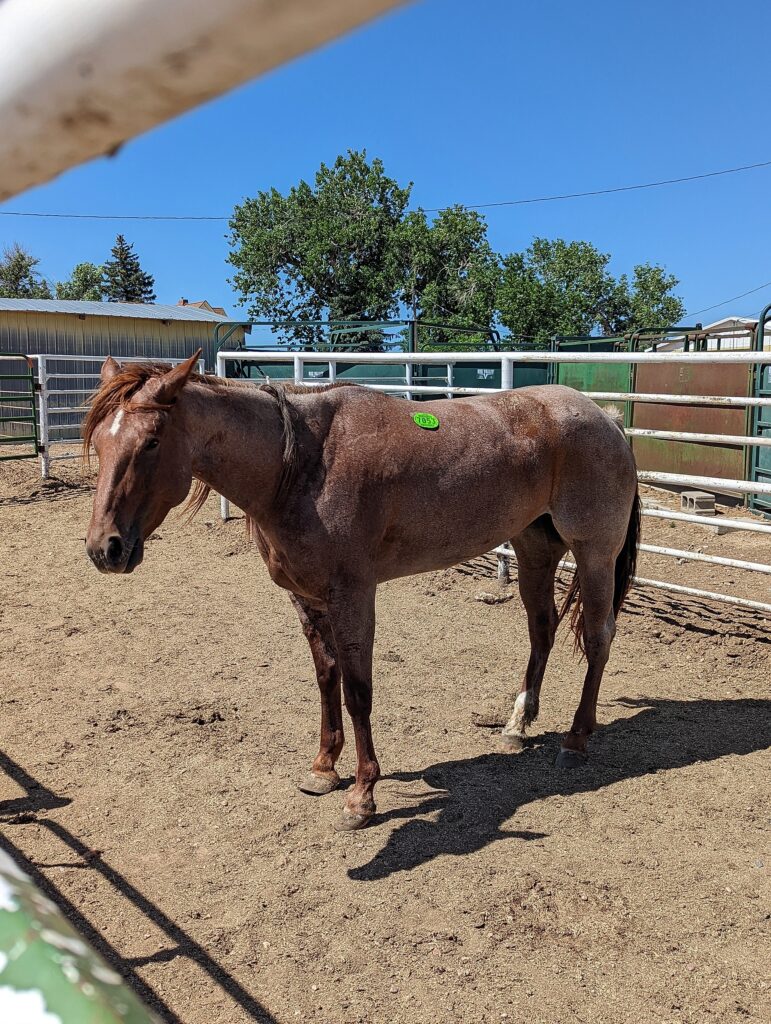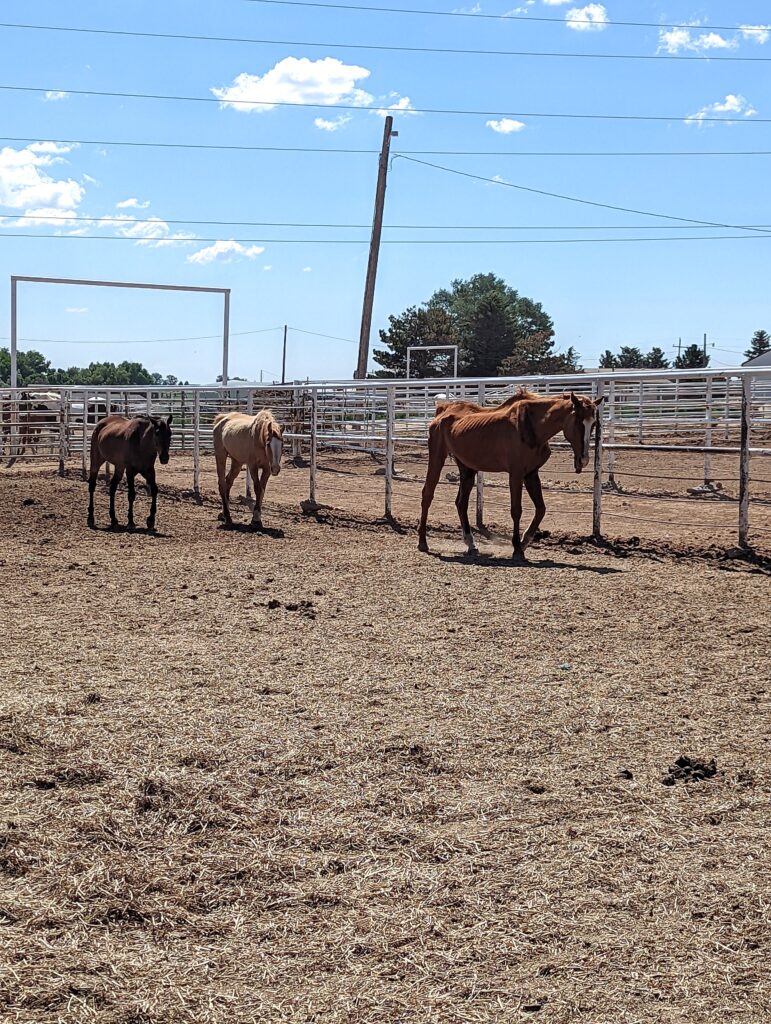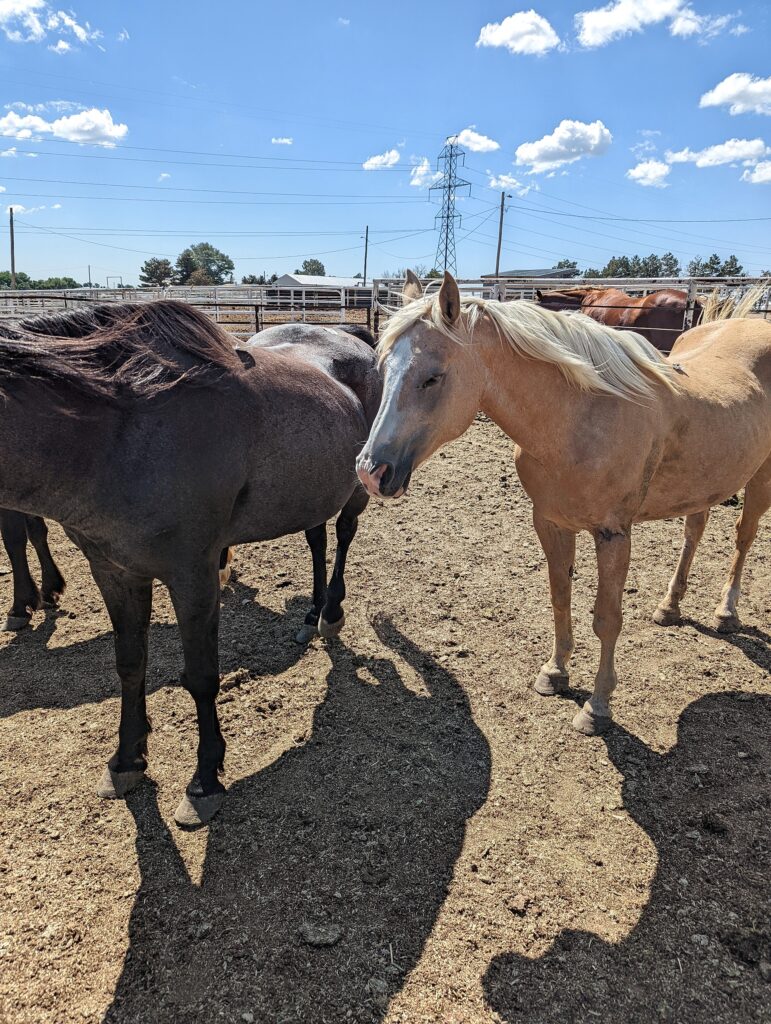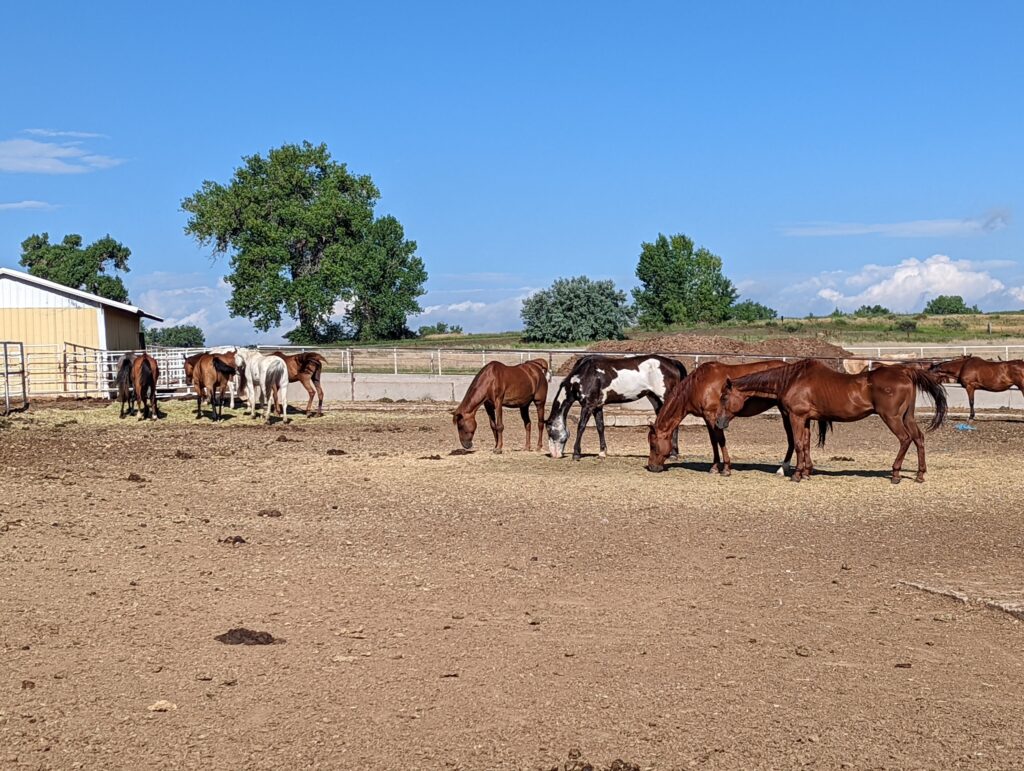The following is a general outline of partial solutions to horse slaughter, much of which is currently in use but would also be very applicable once a permanent ban on horse slaughter is put into law.
This non-exhaustive list compiles a series of safety nets that have been, and continue to be, developed by horse advocates around the country who are preparing for a time when there is a ban on both (1) domestic slaughter of American horses for human consumption, and (2) the transport of American horses to other countries for slaughter.
All of these programs are viable potential contributors to what can and will be a safe and successful integration of horses into settings where they will be provided with optimal welfare, and where they will not negatively impact the public or the environment.
The solutions outlined in this document demonstrate there are no “unwanted” horses – the only question is who has more money to pay for the horses that are “wanted”. The tension is always between the kill buyers, who also sell horses for other reasons, and individual purchasers – either private parties, groups, or rescues. Kill buyers usually outbid the other potential consumers due to filling slaughter quotas.
The only way to truly test these existing programs is to enact the bans.
- A USDA study has determined that 92.3 % of horses going to slaughter are in good condition so that they could live productive lives under basic care if they were not sent to slaughter. They could be sold, donated, or rehomed. And the same study showed that 6% of the horses going to slaughter were in poor enough condition that humane euthanasia was the proper approach for them. Various independent rescue organizations, as well as coalitions of rescues, have already formed responsible plans in anticipation of a slaughter ban. These groups envision, and are prepared to institute the following programs, which are discussed in more detail below:
- Sanctuary/rescue for horses in need (both short and long-term plans)
- Fostering horses, and providing care, shelter, nutrition, and safety for them through adoption services
- Rehabilitation and training,
- Direct adoptions to qualified lifetime caregivers (whether private or rescue groups)
- Education on rehoming horses safely
- Where absolutely necessary because of irremediable suffering, humane euthanasia, and burial support.
There are many private groups and individuals around the country outside of non-profit rescues and sanctuaries who provide similar services to keep horses from slaughter.
- The equine industry, which is valued in the tens of billions of dollars annually, has the means and motivation to help fund programs supporting any horses in need. The industry also has the ability to send the message of reducing overbreeding, and thus reducing the number of horses in need of support.
By encouraging its constituents to keep horses or safely rehome them, the industry will increase revenues that would otherwise be lost by horses who go to slaughter. That is, the money lost on care of healthy horses (which over 90 per cent of slaughtered horses are) is a significant lost financial opportunity for the industry, as long as an infinite slaughter pipeline is open.
-
- Horse owners, given the attention that horse slaughter has been given in the past several years, have become more educated when re-homing their horses and are seeking humane solutions as opposed to auctions and slaughter. The following options are in place and being utilized and their use can be increased once the bans are in place:
- Sales to evaluated, private owners, who may be located through a broad network in any community, including other horse enthusiasts, veterinarians, farriers, boarding facilities, feed and tack stores, trail-riding groups, breed associations, 4-H and Pony Clubs, trainers and friends. Commonly used websites like Petfinder.com, Equine.com, Dreamhorse.com, and TheHorse.com are already in existence and available for this type of use.
- Lease of horses to another horse owner/enthusiast. Leases like this are not uncommon and typically involve the lessee paying a portion of the horse’s monthly board expenses in exchange for spending time with the horse. Leasing is a great way to relieve financial strain without giving up the horse.
- Donations. More than 600 organizations across the country accept donated horses for use in various programs that benefit communities—including therapeutic riding centers for inner city kids, mentally disabled individuals, or mental trauma victims, police department mounted units, summer youth camps, prison programs, veteran therapy programs, university riding programs, or similar equine assisted therapy programs.
- There are nearly 700 U.S. horse rescues and sanctuaries that take in horses with the intention of adopting them out to new homes or providing a lifetime of care. There are also many groups of horse rescues and professionals actively working to provide care and homes to horses in need and promote responsible horse ownership. There are also specialized facilities dealing only with horses that are rescued in equine abuse cases, and that serve to rehabilitate and then adopt out those horses.
- There are programs where breeders will take back any horse they have bred who becomes homeless or is at risk for slaughter. Some breed associations also maintain databases for owners who want to be contacted if a horse they’ve owned or bred needs a home. Many individuals and groups who rescue horses have contacted former owners/breeders when
tracing a horse’s tattoo for example. Those horses very often are placed back to those former owners. - Gelding clinics and grants for subsidized gelding are also offered by a number of groups. Gelding clinics and grants have clearly shown that providing free or low-cost gelding of stud colts and stallions works. Many rescues across the country have offered such programs at one time or the other.
- Few horses may require it, but humane euthanasia is an option to slaughter when it is a quality-of-life issue. The cost of humane euthanasia and carcass removal is equal to or less than one month’s care in most parts of the country and is a part of responsible horse ownership. Companies throughout the country offer equine crematory services and rendering/carcass disposal services that will remove deceased horses from an owner’s property. Euthanasia clinics and grants have given horse owners the incentive to do “the right thing” when humane euthanasia is appropriate. Providing free or low-cost euthanasia keeps horses from being dumped into the slaughter pipeline or suffering additional abuse.
- The horse slaughter industry is fueled in part by certain practices that could be reduced through education, intervention, and substitution:
- Reduce the use of horses in industries that discard “used up” horses, such as horseracing and show industries, by offering responsible breeder incentives.
- Improve adoptions through increased gentling/training programs for the Bureau of Land Management’s (BLM’s) wild horse program to ensure that adopted horses do not end up going to slaughter;
- Monitor the BLM’s “Three Strikes” program to reduce the number of horses that can be sent to slaughter because they cannot be adopted and end the “AIP” program where people are paid to take mustangs.
- Provide horse owners with rehoming tips on how to safely place a horse with a new owner.
- Strengthen and support equine welfare laws giving animal control officers better education on horse abuse issues
- When the slaughter of American horses ends, it will create many job openings while those horses are being absorbed into people’s lives. Thus, the humane solutions will also promote more attention to responsible horse care and welfare. Here are some examples of job opportunities that will expand or open up with the influx of horses:
- Trainers for riding and/or competition horses
- Boarding facilities
- Equine veterinarians and an increase in equine veterinary research and curricula
- Gentling and training of wild horses
- Equine-assisted therapy, including therapeutic riding, Wounded Warrior programs and programs for autistic youth
Equine summer camp programs
- Equine centers for trail riding, training, year-round riding, and boarding
- Farriers and other equine professionals
- A variety of community-based programs that utilize horses including guest ranches and eco-sanctuaries (focused on wild horses)
- Educators with respect to horse care, horse responsibilities, and horse welfare
PHOTOS SHOW HORSES AT A COLORADO “KILL” LOT (SUMMER 2023) — Several were spared from shipping to slaughter
